Simple care for indoor balsam
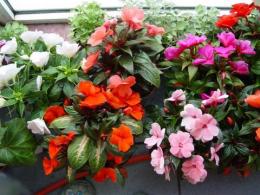
Balsam Popularly it has many different names that accurately reflect the characteristics of the plant: “wet vanka”, “light”, “everlasting flower”. Impatiens are grown both as a houseplant and as open ground flowers. The plant includes so many different species that it is difficult to provide a general description of them. Impatiens exist in nature as an annual, perennial, in different forms: herbaceous, subshrub. Henna is also a type of balsam!
- For indoor floriculture, the main types of plants are Holst's balsam, Sultan's balsam, and Waller's.
Caring for indoor balsam not a particularly troublesome task. For normal development and flowering of balsam, it is enough to provide it with the necessary humidity, nutritious soil and lighting.
For balsam, abundant watering in summer and moderate in winter are of great importance. Due to lack of moisture, it begins to shed its leaves. balsam perfectly adapts to high air temperatures, but in winter, during periods of calm, the temperature should be reduced to 14 - 16 degrees.
"Vanka wet" prefers loose, nutritious soil mixtures from deciduous and greenhouse soil with the addition of sand. Caring for indoor balsam involves regular feeding organic and mineral fertilizers that will provide the plant with nutrients and microelements. Feeding should be done no more often than once every two weeks, alternating different types of fertilizers.
Impatiens tolerate direct sunlight very poorly; the optimal exposure for it is western or eastern.
The easiest way propagation of balsam - cuttings. They take root in 2-3 weeks and you can easily get a new plant.

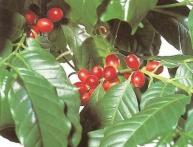
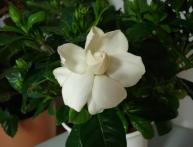
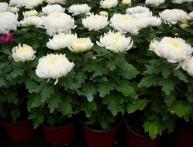
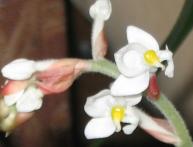
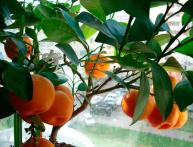
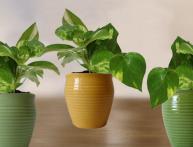
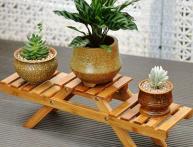
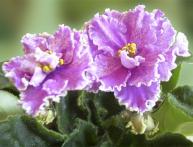
Comments
I finally found out the name of this plant. I remember it was still growing in our school. It turns out that it is quite “ancient”, but beautiful.